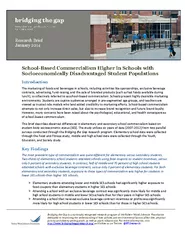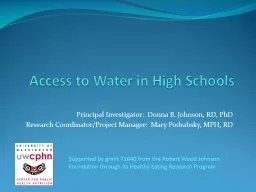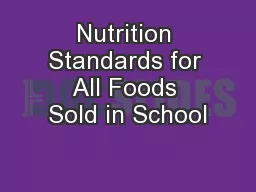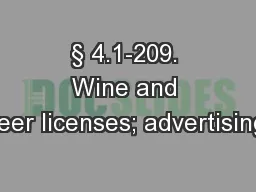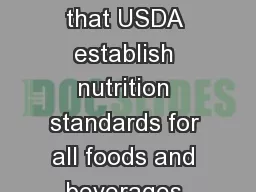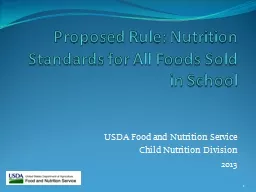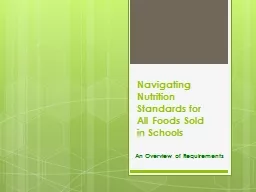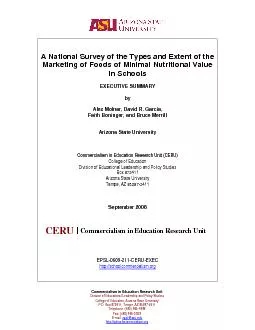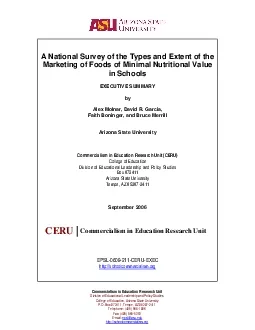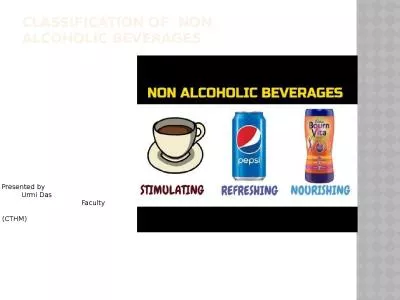PDF-he marketing of foods and beverages in schools includi
Author : tatyana-admore | Published Date : 2015-05-18
Schools present highly desirable marketing environments tudents are captive audiences arranged in pre segmented age groups and teachers are viewed as trusted role
Presentation Embed Code
Download Presentation
Download Presentation The PPT/PDF document "he marketing of foods and beverages in s..." is the property of its rightful owner. Permission is granted to download and print the materials on this website for personal, non-commercial use only, and to display it on your personal computer provided you do not modify the materials and that you retain all copyright notices contained in the materials. By downloading content from our website, you accept the terms of this agreement.
he marketing of foods and beverages in schools includi: Transcript
Download Rules Of Document
"he marketing of foods and beverages in schools includi"The content belongs to its owner. You may download and print it for personal use, without modification, and keep all copyright notices. By downloading, you agree to these terms.
Related Documents

